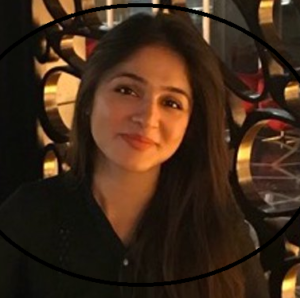 Munaza Kazmi
Munaza Kazmi
The ancient city of Bukhara, now a part of modern-day Uzbekistan, was a vassal state of the Persian Empire by 500 BCE. It was a center of commerce and a cult center for Anahita, the goddess of fertility. Hence Bukhara enjoys a rich history, it was one of the many settlements in the large oasis formed by the Zarafshan river in ancient Sogdiana. The city was officially founded in 500 BCE, when three fortified settlements grew together and were enclosed by wall. The name Bukhara may come from Sogdian word Buxarak, which means “fortunate place”, or less likely, from a local form of vihara, a Buddhist monastery.
Later with the arrival of Islam, Bukhara converted as a major center of Islamic studies and cultural hub of Central Asia, where Islam found its golden age, flourish with the knowledge of Art, Science, Medicine and Architecture etc. Further known with the reference of Imam Bukhari pbuh. Today it’s a UNESCO World Heritage Site and is considered one of the best well-preserved Islamic cities from 10th to 17th centuries.
Today, Bukhara gets the attention of a traveler due to the overwhelming sites of its gigantic sapphire Domes still shedding the magnificence of the Sultans, its huge Madrasas echoing the formulas of Science and Arts, its colorful covered Bazars telling the ancient Love tales, its flat roofed Houses of sun-dried bricks in which still you can see the images of inhabitants and the mesmerizing Artwork on the great walls.
Like the beauty of city’s architecture, beauty itself lives in the city in the form of people, the ancient art found its home in the hands making exquisite designs on fabrics, pottery and tiles. On my visit I found the old city the most alive of whole of Uzbekistan, the most beautiful and most inviting.
To me the inhabitants of Bukhara seems to the descendants Persian and Bactrian people. The clothing symbolizes, as the old generation still wears the traditional attire, a woolen long shirt, dressed in boots, and women covering their heads. The covered old bazars are still alive with the smell of teas, sounds of vendors, carts selling handicrafts, bargains of ladies the and slow sounds of musical instruments in the background. Moreover, most of the shops have workshops were men and women were busy in decorating fabrics with embroidery work or painting shapes of pomegranate, one artist told me “pomegranate is the symbol of fertility” and hence they considered it in high spirits. Next, you can find vendors selling homemade Samosa, however very different from one we have in Pakistan, plus there were merchants of Camels, Horses and few jugglers, all this got me the idea that the major occupation the people there is still the traditional art, or the money associated with tourism.
In all Bukhara was a time machine, a journey to the past, sitting idly by poolside sipping from the cup of tea or walking past in the gardens smelling the black roses or lying on the staircase of Madrassa listening the ancient tales of Sultans from grandma.



